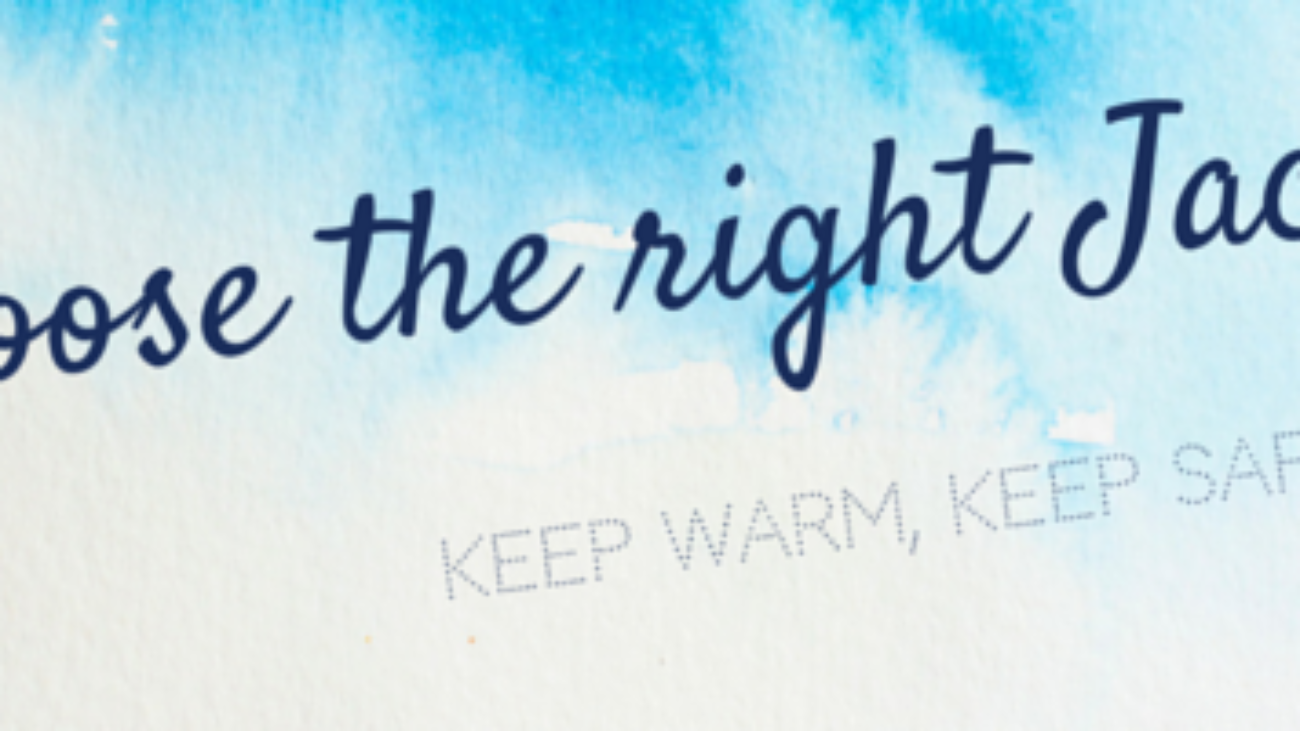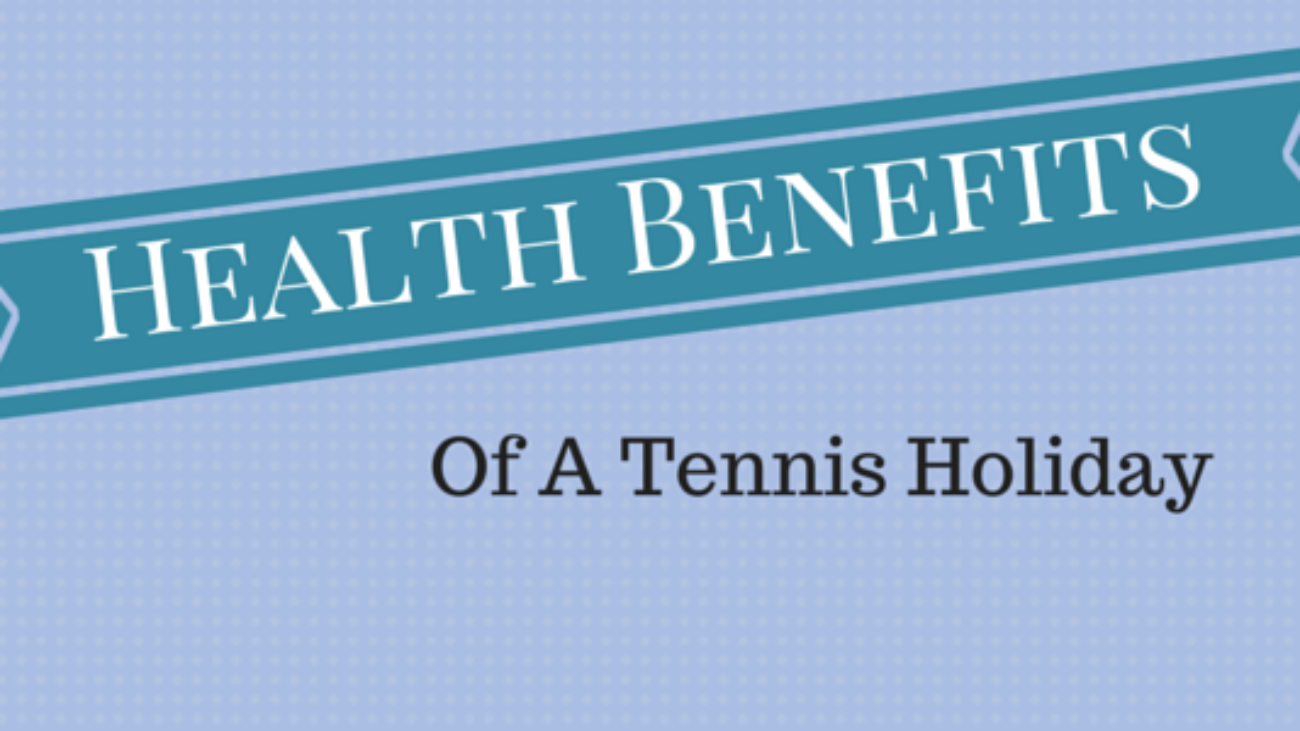Having been involved in competitive tennis now for just over 20 years, its fair to say I have had my fair share of injuries. The worst by far though was tennis elbow. It was incredibly painful and the hardest one to shake.
Have you ever suffered from tennis elbow?
Its one of the most infuriating, frustrating and painful problems you will have from playing tennis. Rather surprisingly I managed to cure my tennis elbow by doing loads of bicep curls. This was however born out of frustration and isn’t the way I would suggest managing the problem.
In this blog post I am going to cover:
-
What the symptoms are of tennis elbow
-
What Causes Tennis Elbow
-
Suggestions on how to manage tennis elbow
What are the symptoms of tennis elbow?
Tennis elbow causes pain and tenderness on the outside of your elbow. You may also have pain in your forearm and in the back of your hand.
The pain of tennis elbow can range from mild discomfort while using your elbow, to severe pain that can be felt when your elbow is still. The pain is often worse when you use your arm, particularly for twisting movements (i.e hitting your forehand). Repetitive wrist movements, such as extending your wrist and gripping (serving), can also make the pain worse.
What causes tennis elbow?
The elbow joint is surrounded by muscles that move your elbow, wrist and fingers. The tendons in your elbow join the bones and muscles together, and control the muscles of your forearm.
Tennis elbow is usually caused by overusing the muscles attached to your elbow and used to straighten your wrist. If the muscles and tendons are strained, tiny tears and inflammation can develop near the bony lump (the lateral epicondyle) on the outside of your elbow.
As the name suggests, tennis elbow is sometimes caused by playing tennis. However, tennis is not the main cause, it is often caused by other activities that place repeated stress on the elbow joint, such as decorating or playing the violin. Pain that occurs on the inner side of the elbow is often known as golfer’s elbow.
How to treat tennis elbow
Tennis elbow is a self-limiting condition, which means it will eventually get better without treatment. However, there are treatments that can be used to improve your symptoms and speed up your recovery.
- STRAPPING: We have had a number of guests who have highly recommended various strapping for tennis elbow.
- REST: It’s important that you rest your injured arm and stop doing the activity that’s causing the problem.
- ICE: Holding a cold compress, such as a bag of frozen peas wrapped in a towel, against your elbow for a few minutes several times a day can help ease the pain.
- PAINKILLERS: Taking painkillers, such as Paracetamol, may help reduce mild pain caused by tennis elbow. Non-steroidal anti-inflammatory drugs (NSAIDs), such as ibuprofen, can also be used to help reduce inflammation.
- PHYSIO: If the pain continues and is not going despite rest, ice and anti inflammatories then I would suggest a visit to see a physiotherapist. In my experience massaging and manipulating the affected area can help relieve the pain and stiffness, and improve the range of movement in your arm.
- CORTISONE: Cortisone injections can offer fast-acting relief there are rarely complications but could involve infection and bleeding.
- LAST RESORT: Surgery may be used as a last resort to remove the damaged part of the tendon.
Research shows that most cases of tennis elbow last between six months and two years. However, in about nine out of 10 cases, a full recovery is made within a year.
I hope you have found this useful and look forward to seeing you soon.
If you are injury free and love your tennis, then come and join us on one of our tennis holidays. We organise group tennis holidays to exclusive 4 & 5 star resorts, where you can meet new people, make new friends, share your great experiences whilst having lots of fun. Active away tennis holidays are suitable for everyone.
Click here to view all the dates for our tennis holidays.



















